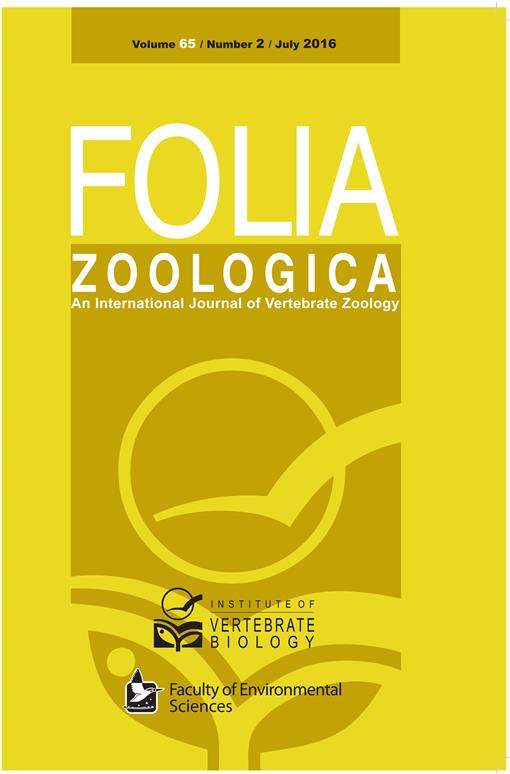We studied 468 museum specimens of the common hamster (387 skins and 204 skulls) collected in Belarus, Ukraine, Russia and Kazakhstan. Besides a standard tricolour type which prevailed, we identified six colour variants: stavropolicus with reduced white spots, and a bicolour entirely devoid of spots, white, piebald, dark-black (atypical melanistic) and intense dark (melanistic). The overall proportion of variant hamsters was estimated at 4.3 %. Colour variants were significantly more diverse and more frequent in Europe. The presence of melanistic hamsters was positively associated with high temperatures and high levels of precipitation. Cranial traits were largely invariant and the only significant trend was a slight increase in zygomatic width with longitude. We found no evidence of geographically contiguous clusters of populations which would be homogeneous enough or distinct from other similar clusters to be formally recognized as a distinct subspecies. The western segment of the common hamster's range (to the west of the Carpathian Mts.) is the most diverse genetically and morphologically while the populations to the east of the Carpathians are rather uniform. This homogeneity is further intensified on the eastern side of the Urals.
How to translate text using browser tools
1 July 2016
Low phenotypic variation in eastern common hamsters Cricetus cricetus
Boris Kryštufek,
Aleksandr A. Pozdnyakov,
Danijel Ivajnšič,
Franc Janžekovič

Folia Zoologica
Vol. 65 • No. 2
July 2016
Vol. 65 • No. 2
July 2016
colour polymorphism
geographic variability
melanism
Russia
Siberia
subspecies
Ukraine




